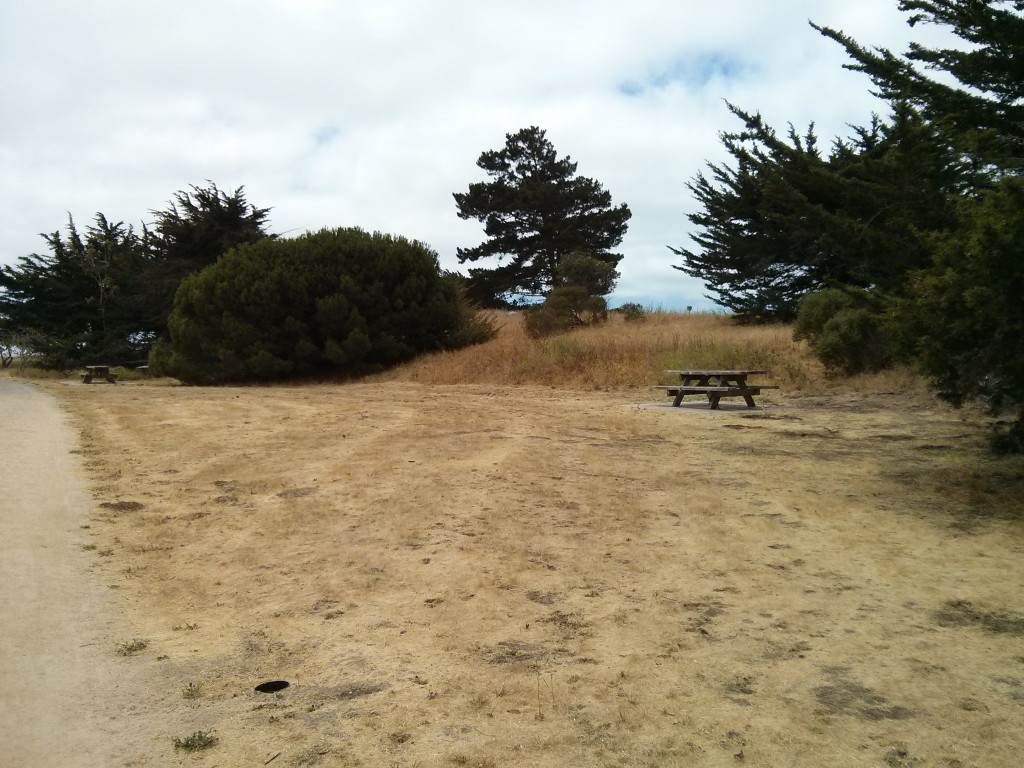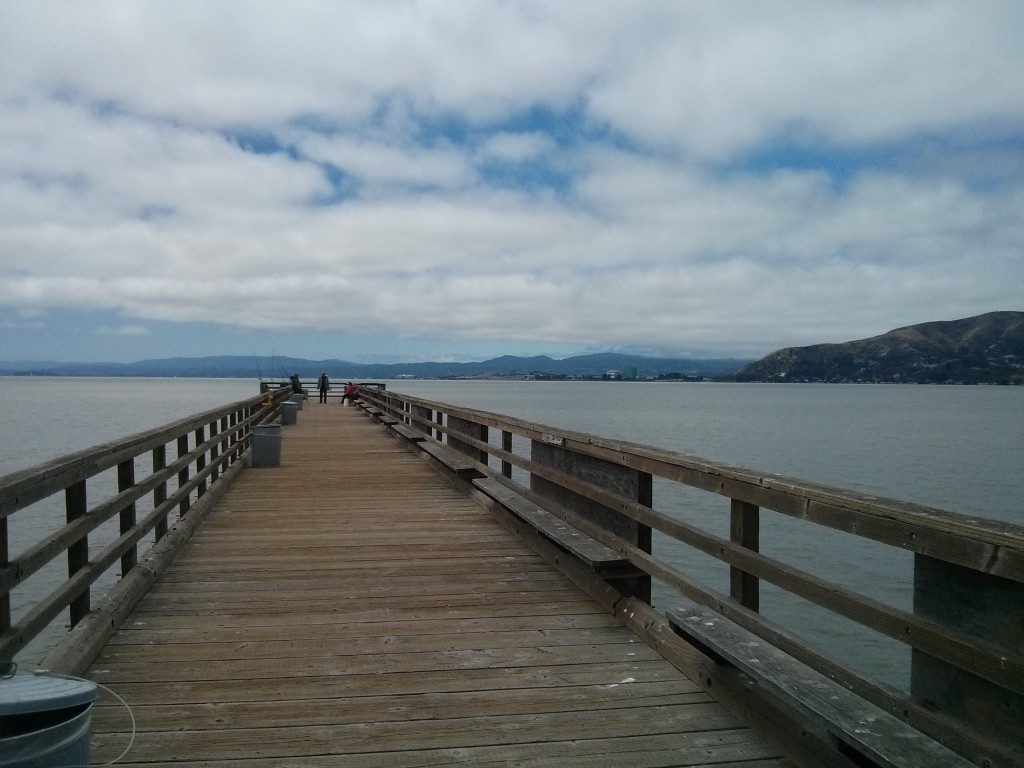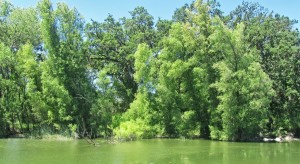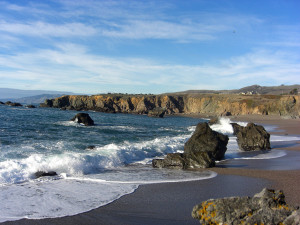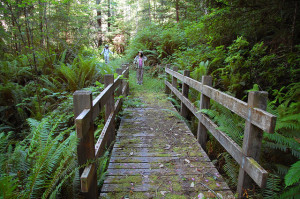Just two years ago, Candlestick Point State Recreation Area, San Francisco’s only state park, was slated for closure. Vandals had caused $15,000 in damage to a community garden on site. It seemed that this rare example of an urban California state park was falling by the wayside.
But Candlestick Point may be seeing brighter days in the near future. A recent infusion of a $1 million dollar grant from California’s Strategic Growth Council, will allow Literacy for Environmental Justice (LEJ), a nonprofit environmental and community stewardship program in Southeast San Francisco, to fulfill its vision for the park.
LEJ has formalized its programs at Candlestick into Candlestick Point Eco-stewards, a program comprised of local youth, volunteers, and restoration specialists, who are working together to restore the ecology and improve the health of the community. The grant award, entitled “Healthy Habitats and Lifestyles,” will finally allow the Eco-stewards to make their vision a reality.
“This grant is exciting because it starts to begin the implementation of the new state park plan for Candlestick,” says Patrick Marley Rump, executive director of LEJ. “Candlestick is kind of an unfinished park, and there is so much work to be done here.”
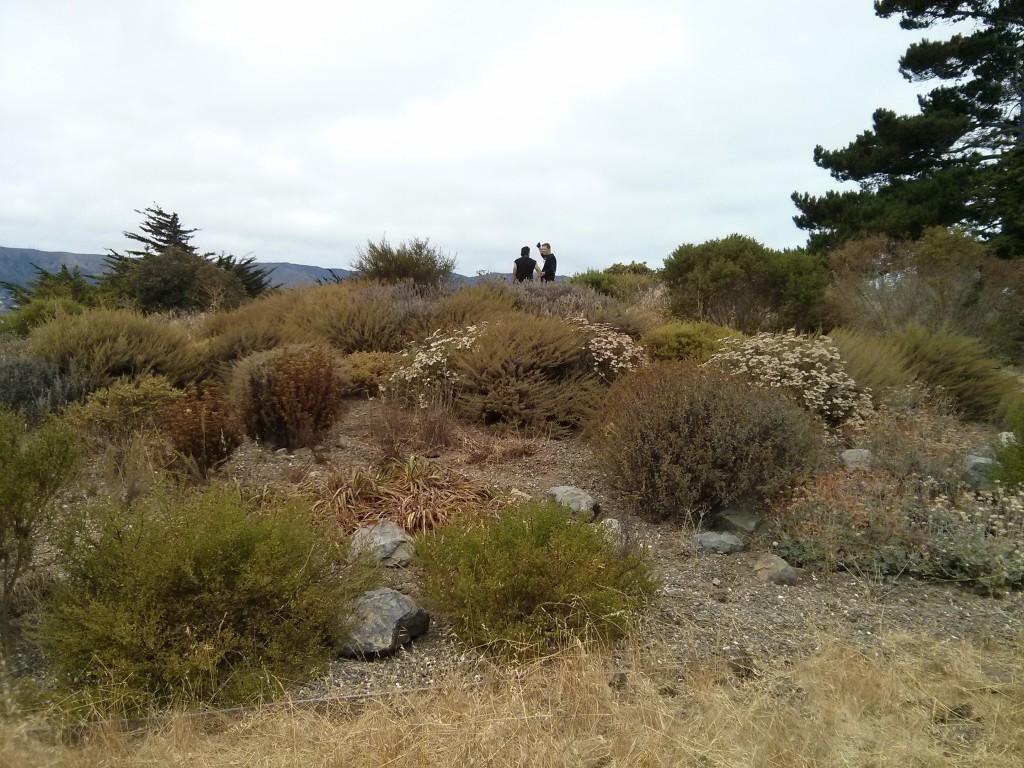
During World War Two, Candlestick Point was used as a shipyard for the US Navy. Wetlands were filled, then eventually abandoned as the war ended. Garbage piled up, and residents of the Bayview and Hunters Point neighborhoods, many of whom experienced massive job loss as a result of the shipyard closures, were left with the most polluted local environment in San Francisco.
In 1977, the community banded together and convinced the state to buy the land, turning it into the first urban state recreation area. Some community members had big dreams of cleaning it up and returning it to its natural state. Although many of those dreams never fully materialized, over the past decade LEJ and the local community have picked up the torch and created a new plan for the park, one that incorporates the old plan as well as visions for the future.
Located just south of the Bayview-Hunter’s Point neighborhoods, Candlestick Point includes 3.2 miles of shoreline with one of the last remaining natural waterfront landscapes in the city. Fishing piers, picnic tables, hiking trails, and some of the best windsurfing conditions in the city already draw people to its shores, but the new master plan for the park, approved in 2013 with community support, calls for millions of dollars of improvements.
“It will add resiliency to parklands here, which adds health and resiliency to the community,” said Rump.
For one, it will allow LEJ to expand its onsite nursery and community garden, a verdant oasis near a large swath of degraded asphalt behind the Stadium. Once a parking lot and the site of tailgate parties at the to-be demolished Candlestick Park stadium, now native plants like pickleweed and ceanothus spring out of tiny pots, and Asian pears droop from trees.
“You gotta get those fast,” says Rump.
A large colorful mural adorns the large building next to the garden plots that are one of the few places in the area where locals can grow and have access to healthy food.
In April 2012, vandals destroyed thousands of plants and wrecked gardening equipment, uprooting months of work by staff and volunteers. It was a setback, but the incident ultimately brought in more people rallying to support the park, Rump says.
LEJ staff and volunteers now collect seed and cultivate more than 25,000 native plants a year in the nursery for use in various restoration projects around Candlestick Point and neighboring parks. It’s a tough job watering the seedlings by hand, but the grant money will allow them to not only grow almost double the number of plants, but also install a rainwater catchment system as well as irrigation out to restoration sites throughout the park.
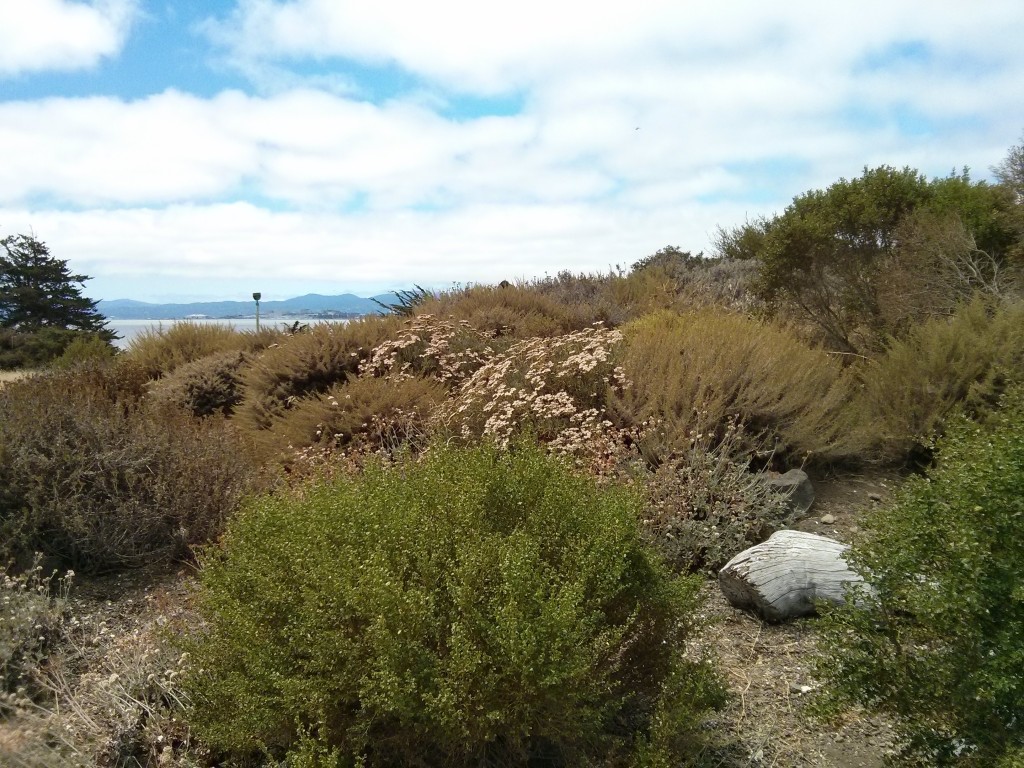
The first phase of wetland restoration has already been completed on the north side of Yosemite slough. When it is finished it will be bigger than Crissy Field. In the next three to four years LEJ hopes to do the same on the south side, as well as revegetate the upland areas with coastal sage scrub and native grasses.
Many years’ worth of contaminants leached into the sub-tidal mudflats from warehouses and shipyards are currently being cleaned up by the Environmental Protection Agency, and Patrick and his team have removed more than 40,000 pounds of trash. Now that’s done, the restoration can begin in earnest.
“In a way it feels like we are just beginning,” said Rump.
South of Yosemite Slough and stretching eastward into the Bay is a strip of land known as Sunrise Point. California ground squirrels scamper through invasive plants, including mustard, radish, mallow, and prickly ox tongue. But progress is already being made towards restoring the coastal scrub habitat. Buckwheat carpets the ground on a low hill near the point — it’s puffy pink flowers will attract acmon blue and green hairstreak butterflies. Jackrabbits are also regularly seen here, night herons roost in trees, burrowing owls make their home in the dirt, and coyotes and red and gray foxes come to dine on the abundant small mammals.
“There’s connections between everything,” says Steven Berrios, a restoration biologist also known as “Brother Nature” at LEJ.
But the most resonant connection here is found between the people and the environment, and the idea that everyone has a right to clean, beautiful spaces.
“We are engaging people who have traditionally been left out,” says Anthony Khalil, Community Program Manager for LEJ. “It’s inspired me to restore a little equity through eco-restoration, to improve the mental health and wellbeing of the community,” he said.
Khalil has seen thousands of youth help out through LEJ’s Bay Youth program, and more recently their Eco-stewards project, which the new grant will largely center around. The project teaches hands-on habitat restoration skills to local youths, giving them job experience and instilling an appreciation for the natural environment.
“The ones I meet later in life are still impacted by their work,” Khalil said.
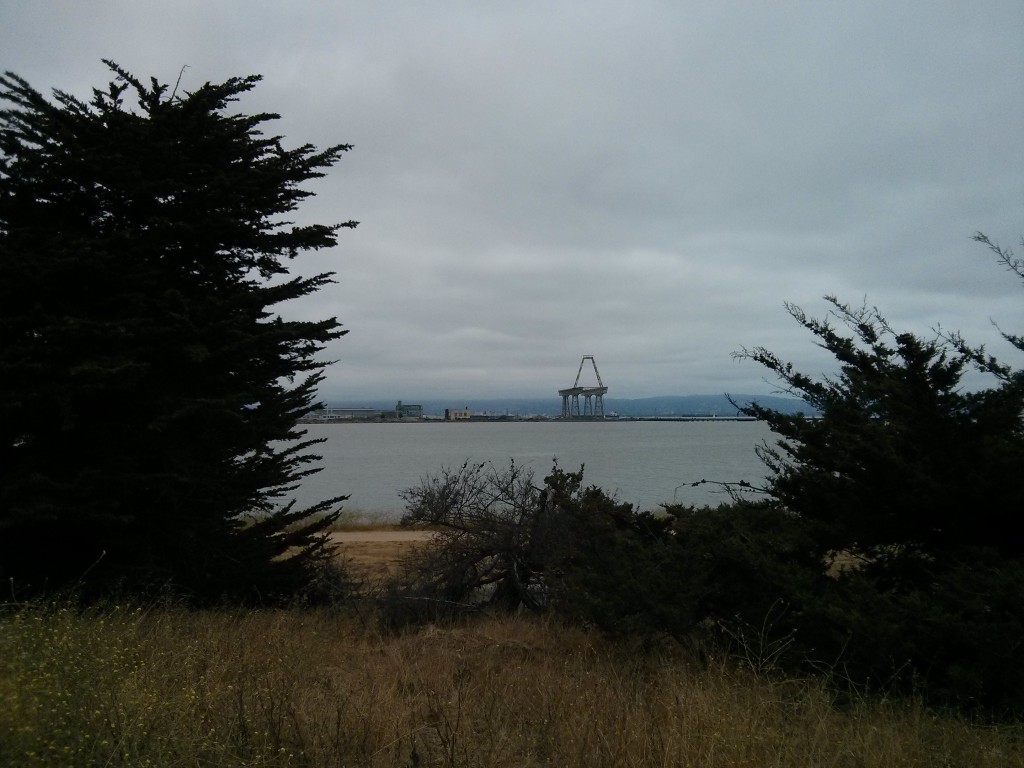
And soon, local youth will be able to camp in the shade of trees on the tip of Sunrise Point, overlooking the bay and surrounded by native vegetation. With the help of contractors, volunteers, and staff, LEJ plans to build the sites, install plumbing, tables, and grills, and will invite public participation during the permitting and design phase of the project in early 2015. When the area is completed, it will be one of only two places to camp in San Francisco (the other site is located in the Presidio), and for many of the area youth, may be their first camping experience.
There are also plans to expand the beaches, trails, boat landing, and install interpretive signs to educate visitors about the local habitat and history of the place so the public doesn’t lose sight of the past.
“If you came here you wouldn’t necessarily know what happened at Hunter’s Point, or that a stadium was here. In a few years you would see homes and a mall,” Rump said.
That’s because the restoration of Candlestick Point is happening alongside the largest redevelopment project in the history of San Francisco. Not only is the stadium coming down, but houses are going up. LEJ hopes that the restoration work they are doing now will prevent Candlestick Point from being engulfed in development, and to ensure that the existing community, especially the youth, benefit from the programs and jobs that will be created here.
“We want to see the park in really good shape so the existing community and new people have ways to engage, and improved public health in response to environmental degradation this place has been burdened with,” Rump said.
But there is still a lot of work to do. The grant itself is a reimbursable grant, meaning that LEJ will have to fund all of these project costs up-front. So although this money will eventually be recouped, in the meantime they still actively rely on the donations and volunteer support of the public. “It’s a good challenge to have,” says Rump. And he is amazed by the success they have achieved so far with limited resources, by nature’s ability to reclaim itself, and especially by the impact that helping folks forge a connection with the environment.
“It’s like a dream for many of us,” he says.
Growing up in the Bayview, Rump knows firsthand how much of an impact this can have. His first internship was at Heron’s Head Park, and he worked with LEJ as their first naturalist before eventually taking over leadership of the organization.
“Hopefully there are future employees working for us,” he says, pointing out to a group of youths busily planting yarrow and lilac on a low bluff overlooking the Bay. And it’s also a testament to the ability of people to create the sort of life they would like to live, even against the odds, a sentiment summed up beautifully by community leader Claude Everhart:
“Instead of us always having to react to other people’s visions for us, Candlestick was one place where people were able to express their own vision for their own park and their own neighborhood – and that’s ultimately what came about.”
